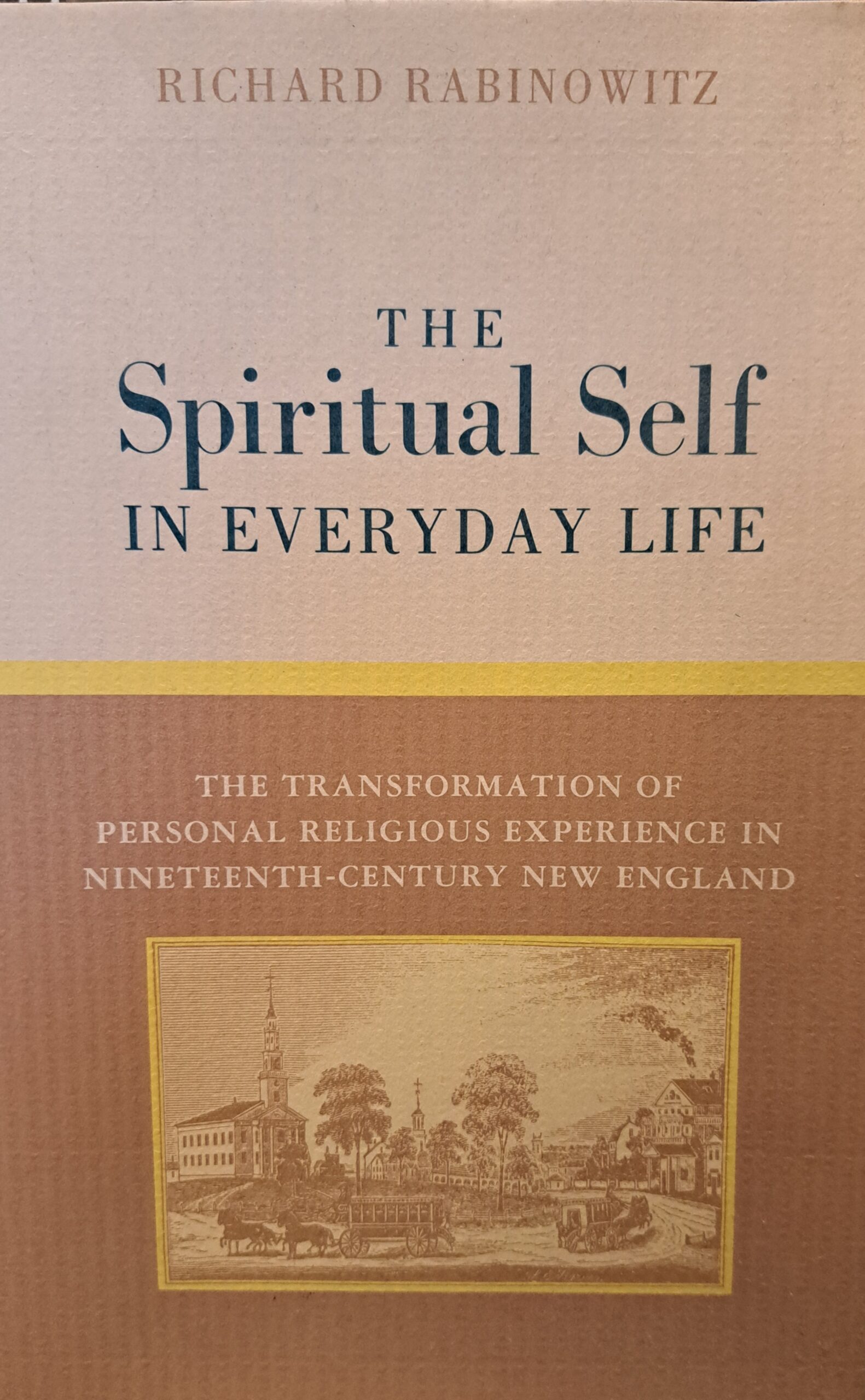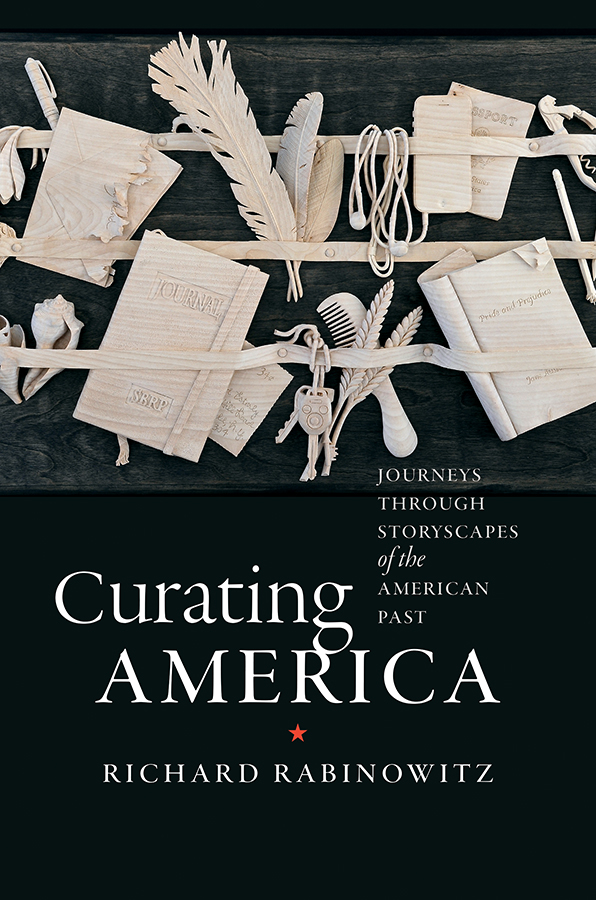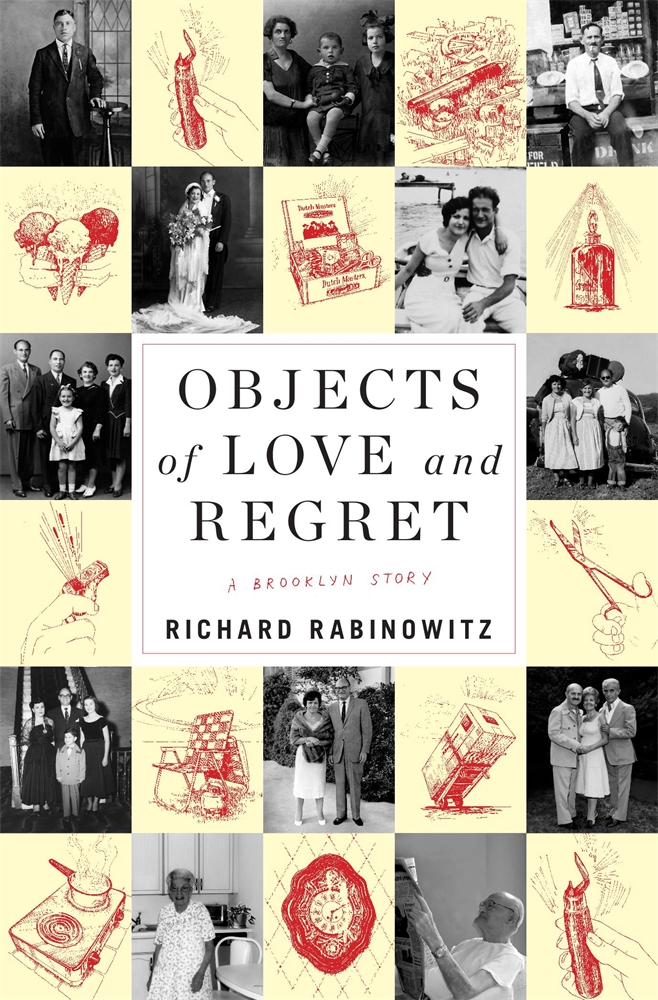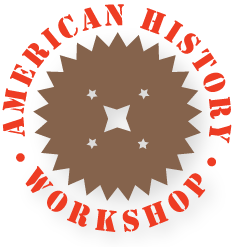Writings
“A historian of the heart”
That’s how essayist Roger Rosenblatt characterized the career of Richard Rabinowitz. Richard’s work as an educator, as a scholar, as a museum planner, and as a public historian, has all been tied together by his fascination with how the human mind works to engage and embrace, affectionately, the world around us.

His three published books each explore a different aspect of the workings of the mind in daily life. His 1977 Harvard dissertation evolved into his first book, The Spiritual Self in Everyday Life: The Transformation of Personal Religious Experience in Nineteenth-Century New England, published by Northeastern University Press in 1989. Based on reading hundreds of personal narratives, the book shows that the innermost experience of New Englanders shifted with the coming of a more urban, industrial society. Where 18th-century folk aligned their thinking with that of local ministers and social superiors, their grandchildren cultivated emotionality as an end in itself, a proof of divine grace. The experience of men and women diverged, religion became more focused on the visual and the tactile, and one-to-one friendships outweighed obedience to social norms.
Richard’s second book, Curating America: Journeys through Storyscapes of the American Past, published by the University of North Carolina Press in 2016, traces his work as one of the most innovative practitioners in the making of America’s public history since the 1960s. The book explores the radically altered landscape of public concern with the American past, examining the shattering of a master historical narrative after the upheavals of the Vietnam era, the emergence of new approaches to cognitive science and pedagogy, and the reinvention of museums as shared spaces of civic and personal meaning-making.


The third book in this series, Objects of Love and Regret: A Brooklyn Story, issued under the Belknap Press imprint of Harvard University Press in 2022, is a trade, not an academic, book. Telling the story of his own family through a reconstruction of its encounter with the commonplace objects of everyday life, Richard describes how his parents and grandparents navigated their passage from Eastern Europe to America through the challenges of the Depression, World War II, and the upheavals of urban life in New York. He invites readers to witness in their own family experiences how history makes us but also how we make history.
Two other publications explore Richard’s approach to public history:
“Story Time and Exhibit Time: Designing an Interpretive Exhibit,” CultureFront, Summer 1997, pp. 57-65, 72, 95). Visitors are invited to experience for themselves the nature of 18th-century warfare at the climactic 1778 battle of Monmouth during the American War for Independence.
“Eavesdropping at the Well: Interpretive Media in the Slavery in New York Exhibition,” The Public Historian, Vol. 35, No 3 (August 2013), pp. 8-35. This acclaimed exhibition, which attracted record-breaking crowds to the New York Historical Society in 2005, brilliantly wove together newly discovered historical scholarship, immersive exhibition techniques, and a visitor-oriented experiential pathway, to produce a landmark in museum interpretation. This article won the G. Wesley Johnson Award of the National Council on Public History.

